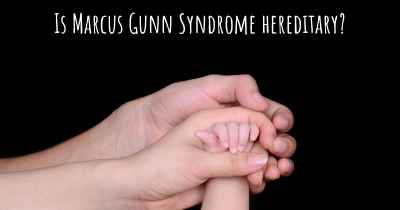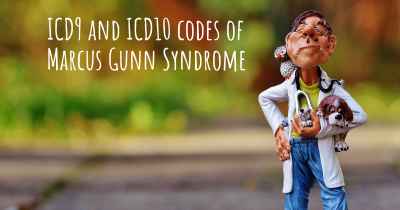What is the history of Marcus Gunn Syndrome?
When was Marcus Gunn Syndrome discovered? What is the story of this discovery? Was it coincidence or not?

Marcus Gunn Syndrome, also known as Jaw-Winking Syndrome, is a rare congenital disorder that affects the movement of the eyelids. It was first described by the Scottish ophthalmologist Robert Marcus Gunn in 1883. This syndrome is characterized by an abnormal involuntary movement of the upper eyelid, which occurs when the individual opens their mouth or moves their jaw.
The discovery of Marcus Gunn Syndrome was a significant milestone in the field of ophthalmology. Dr. Marcus Gunn initially observed this peculiar phenomenon in a patient during a routine eye examination. He noticed that when the patient opened their mouth, their upper eyelid would elevate in a winking-like motion. Intrigued by this unusual finding, Dr. Gunn conducted further investigations and documented several similar cases.
Over the years, researchers and medical professionals have made significant progress in understanding the underlying causes of Marcus Gunn Syndrome. It is now known to be a result of a developmental abnormality in the trigeminal nerve, which is responsible for controlling the movement of the jaw muscles. In individuals with this syndrome, there is a miscommunication between the trigeminal nerve and the oculomotor nerve, which controls the movement of the eyelids.
The exact prevalence of Marcus Gunn Syndrome is not well-established, but it is considered to be a rare condition. It is typically present at birth and can affect both males and females. The syndrome may occur in isolation or in association with other craniofacial abnormalities, such as cleft palate or ptosis (drooping of the eyelid).
Diagnosis of Marcus Gunn Syndrome is primarily based on clinical observation. The characteristic winking motion of the eyelid when the individual opens their mouth is a key diagnostic feature. Additional tests, such as electromyography and imaging studies, may be performed to assess the extent of nerve involvement and rule out other potential causes.
Treatment options for Marcus Gunn Syndrome depend on the severity of the symptoms and their impact on the individual's quality of life. In mild cases, no intervention may be necessary, as the condition often does not cause significant functional impairment. However, in more severe cases where the winking motion is pronounced and affects vision or self-esteem, surgical correction may be considered. Surgical procedures aim to address the underlying nerve miscommunication and restore normal eyelid movement.
In conclusion, Marcus Gunn Syndrome is a rare congenital disorder characterized by an abnormal winking-like movement of the upper eyelid. It was first described by Robert Marcus Gunn in 1883 and has since been recognized as a distinct clinical entity. Advances in medical knowledge have shed light on the underlying causes of this syndrome, which involve a developmental abnormality in the trigeminal and oculomotor nerves. While the exact prevalence of Marcus Gunn Syndrome remains uncertain, its diagnosis is primarily based on clinical observation. Treatment options range from observation in mild cases to surgical correction in more severe cases. Continued research and understanding of this syndrome will contribute to improved management and outcomes for affected individuals.








